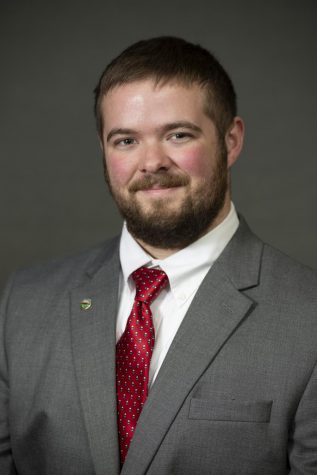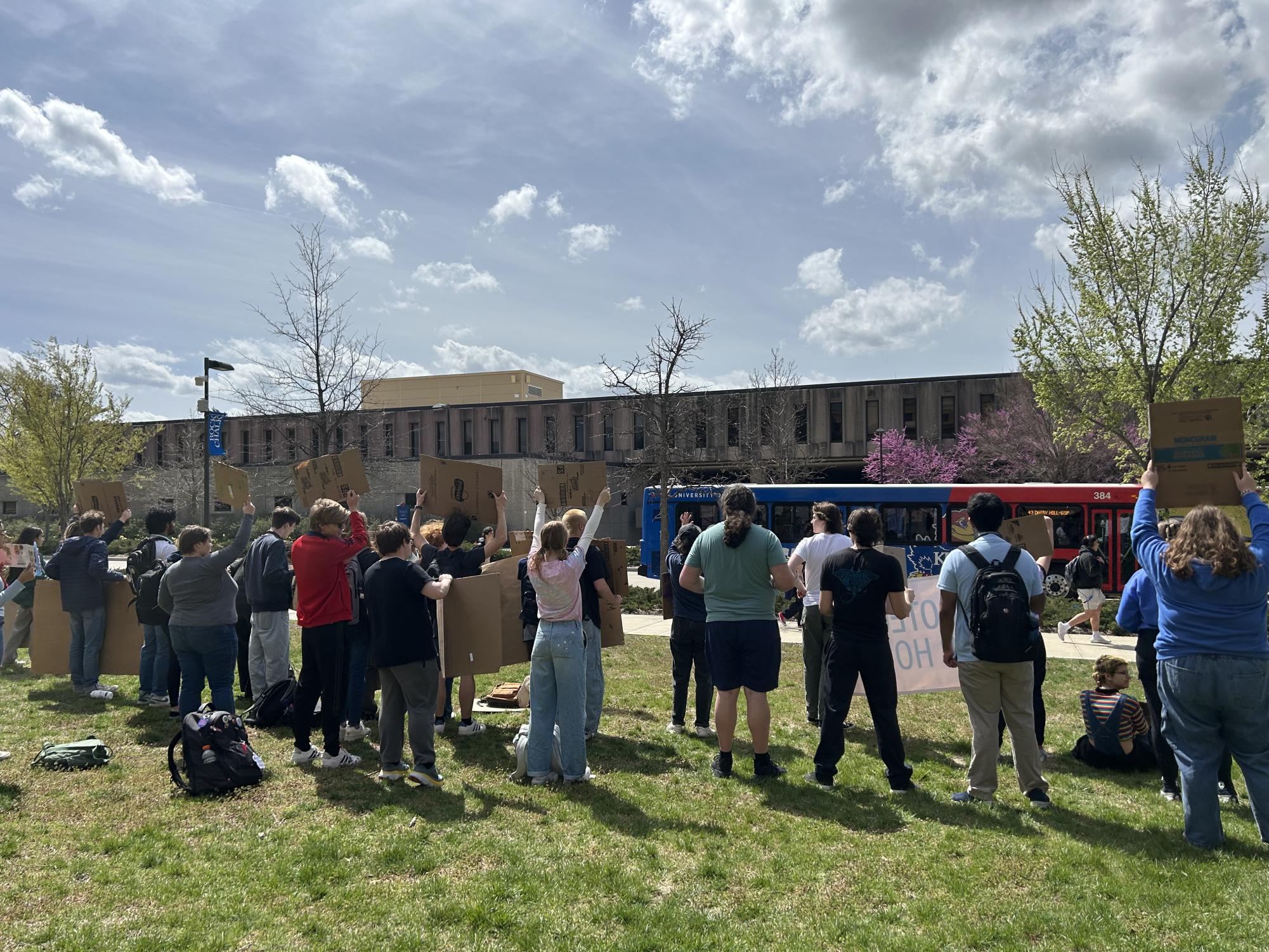Rising Tuition Costs
Many students at Washburn share similar worries that the cost of their education could leave them in debt for years to come and force them to take out loans in order to cover the cost of earning their degrees. The cost of getting a quality education has been steadily rising for many years, prompting many to drop out of school or abandon the idea all together as they deem the price is too high. But what is causing this steady increase in education costs at Washburn and how does this affect the student body?
Students across the nation, including those at Washburn, have been trying their best to reduce the costs of college and find ways to lessen the burden. Many work hard in order to earn scholarships to pay their way through college while others take out loans that they will pay off once they are out of school and have a steady job. Still more are forced to work their way through college, pulling long hours at low-paying jobs in order to meet the monthly payments. The stress of having to pay off college debt during and after college is aggravating to say the least for the hundreds of students attending Washburn every year. To make things more difficult in recent times, the costs have now risen.
According to Jim Martin, a Professor of Business at Washburn, the costs at our university have been rising for a number of reasons.
“There was a tuition increase last year, there has been for most years. For tuition, first you do a grass roots calculation of what costs would be; how many professors do we need, what are their salaries? This is what it takes to run the university, services, supplies and required utilities. Then to set tuition what we are going to collect must be equal to the costs. Once costs are budgeted the tuition will be whatever you need to break even,” said Martin.
Washburn needs to break even on its costs in order to maintain its status as a non-profit school. In order to do so, it must collect enough money from students and fundraisers to pay for the various costs that it incurs every semester when it hosts classes. The money is used to maintain the buildings on campus, pay for upgrades in certain areas, update old equipment and, primarily, pay for labor.
According to Martin, the price of college tuition at Washburn has increased recently due to a falling population in the student body. As the student population drops and fewer people attend the university, the school must charge more for each student to cover the costs of labor. As the number of instructors at the university changes little over the years, the school must continue to alter its budget in order to make sure they are paid. Thus, with a dropping student body, those in charge of Washburn’s budget must continue to charge more for tuition in order to ensure they break even at the end of the year.
Students at Washburn must continue to cope with the costs even as they rise. They are becoming more concerned as each year passes and the costs continue to show a general rise. Some, such as Colby Edinborough, a freshman majoring in Computer Science, feel that the recent increases have led to increased pressure on classwork. Colby is paying for college with a full time job and is receiving little financial help, leading to a great deal of stress and worry.
“The increase has kind of led to a strain on my personal life, as I don’t exactly have many scholarships. As such, I’m working to make up the difference,” said Edinborough.
Another former student, Morgan Simmonds, a graduate in Nursing, echoed Colby’s words when she spoke about the pressures that tuition brings on the students at Washburn.
“College places a lot of pressure on your shoulders already, to have the added stress of having to pay off college as well makes it difficult to focus sometimes, even if you have scholarships or loans.”
If students at Washburn are looking forward to a decrease in years to come with tuition costs, they may be sorely disappointed. As Martin has pointed out, history has shown a trend that reflects a general increase in tuition costs. Washburn receives little aid from the state unlike the universities in Kansas do and unless the student body increases drastically in the years to come, the historical trend will likely continue to hold true.
Edited by Abbie Barth and Adam White
Your donation will support the student journalists of Washburn University. Your contribution will allow us to purchase equipment and cover our annual website hosting costs.










